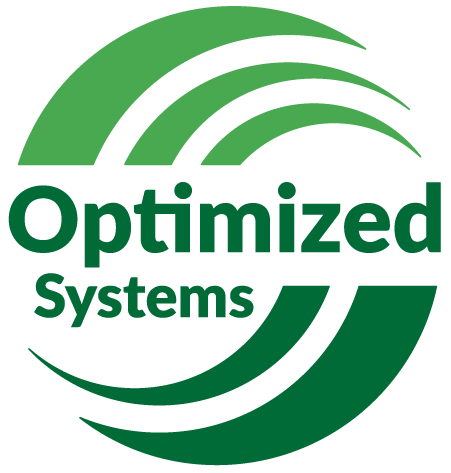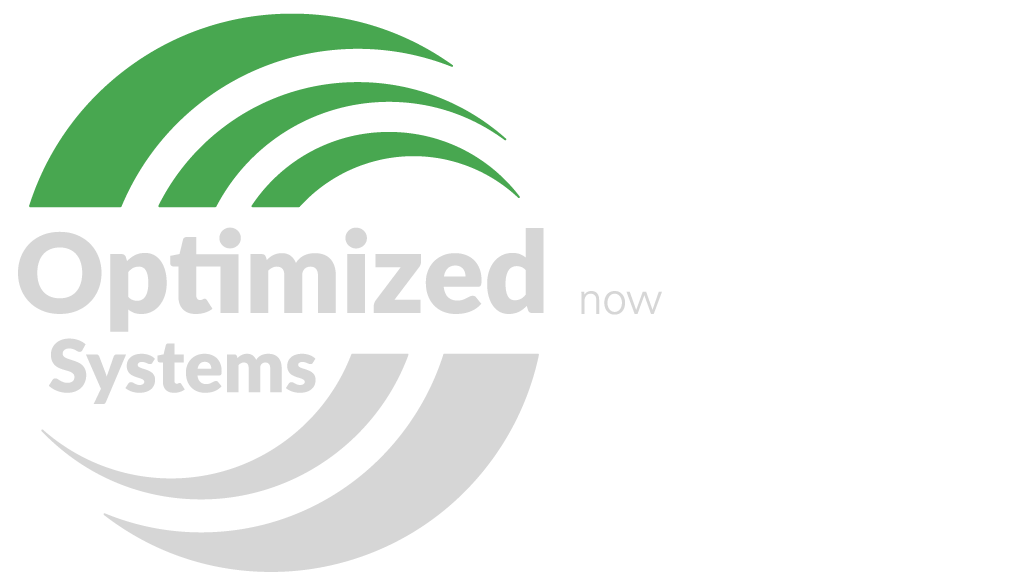Is your building’s HVAC system helping or hurting the spread of COVID-19 in your building?
The debate is raging: How much is COVID-19 spread through airborne transmission? While this risk was generally thought to be low, 239 scientists are now convinced that airborne transmission is an important pathway for the spread of the Coronavirus (1), especially in indoor environments. If this is true, your building’s HVAC system plays an important role in either controlling or spreading infectious pathogens throughout your building.
Assessing risk and evaluating measures for mitigating the spread of COVID-19 in buildings is daunting for many building owners. That is because today’s buildings and HVAC systems are technically complex and misguided changes can have unintended consequences to the health and comfort of building occupants, and often result in significantly higher operating costs. The best decisions are informed, rooted in reality, and punctuated with perspective.
To help you get on track with your building, Optimized Systems has developed a risk assessment tool that includes explanations of HVAC-related options for reducing COVID-19 infection risks that you may wish to consider. This tool is available to you free and may be accessed at https://risk.optimized-systems.com.
— Optimized Systems
(1) The Author(s) (2020). It is Time to Address Airborne Transmission of COVID-19. Published by Oxford University Press for the Infectious Disease Society of America.
Optimized Systems is an Omaha-based specialty engineering and energy sustainability firm. Our primary mission is to help building owners and managers achieve and maintain the optimum balance of occupant safety and comfort, building performance, and energy efficiency. Our team includes experienced design engineers, building automation controls specialists and former facility managers with extensive experience in diverse healthcare, education, research, performing arts and commercial facilities.


